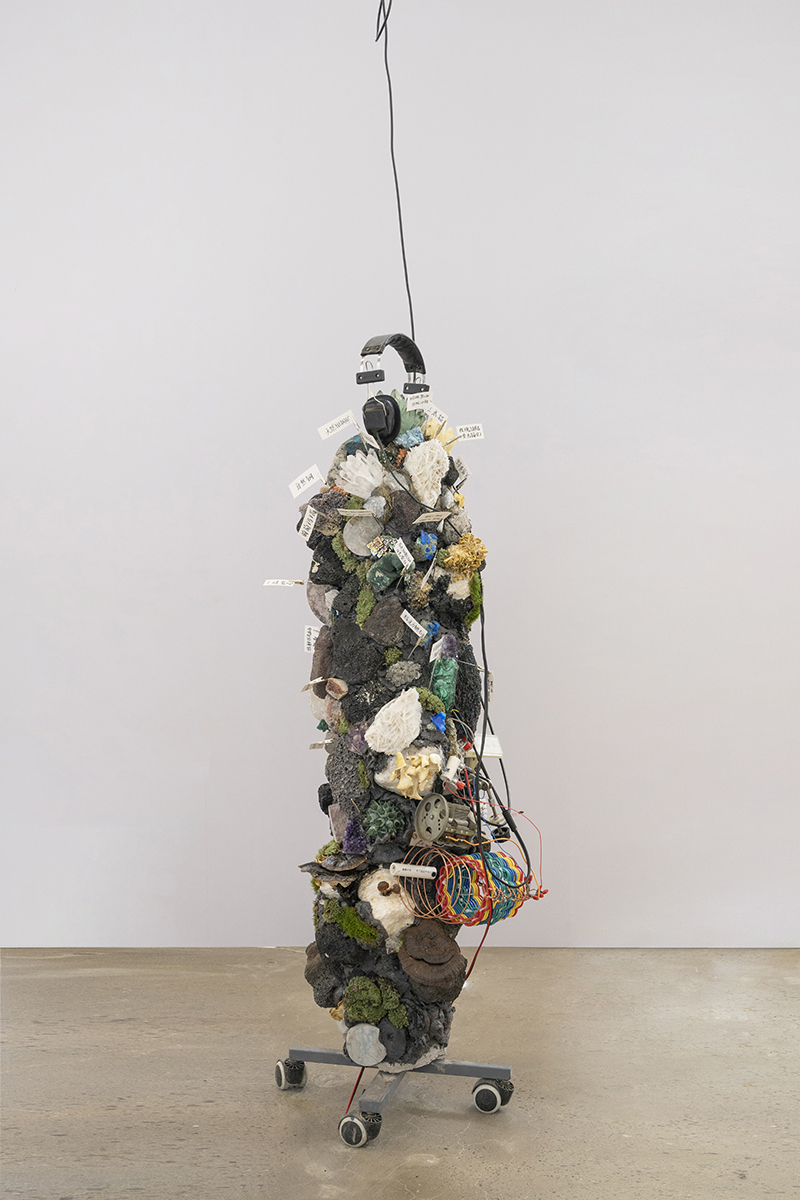 |
Treasure Trove Column Turns into Radio |
||||||||||||||||||||||||||||||||||||||||||||||||||
|
Background and Research: A tower-like stone column gathers a variety of minerals, including obsidian, quartz, amethyst, black tourmaline, Desert Rose Stone, Indonesian grape chalcedony, lemon quartz, fluorite, turquoise, lapis lazuli, emerald, natural blue light labradorite, highly transparent sodalite, chalcanthite, natural realgar, natural silicon carbide crystals, mineral crystal garnet, natural crystal clustered aragonite, Guangdong crystal calcite, Madagascar sunstone fluorite, Zambian black spinel, etc. There is also yellow iron ore from Hunan Shangpo, Peru yellow iron ore, Sanshui alumstone, natural copper nugget from Russia, natural bornite copper ore, wheel ore from Hunan Yaogangxian, rose calcite (fluorescent manganese ore), azurite and conichalcite with crystals, siderite with chalcopyrite mineral crystals, variscite natural ore, Jiangxi stibnite crystal cluster, pyromorphite, red crystal and brass ore from Jiangxi, Moroccan vanadinite ore, natural sphalerite crystal cluster from Hunan, natural black spinel piezoelectric ore, zinc phosphate copper ore, natural gold nugget, naturally electroplated rainbow crystal cluster, natural bismuth ore, high-purity germanium block, chromium grains, ferromanganese alloy, high-purity antimony metal block, high-purity silicon, metallic silicon, monocrystalline silicon, polycrystalline silicon, and so on. Certain varieties of minerals are considered treasures not only because of their scarcity but also due to their inherent beauty. Moreover, it is believed that they possess healing powers in various cultures. Crystal radios tap into crystal's functionality as semiconductor, which transformed them into communication tools. A mineral radio is the simplest wireless receiving device. The first crystal radio was developed by Greenleaf Whittier Pickard in 1900, utilizing a bar-shaped mineral crystal to detect radio signals. Common minerals used as detectors include lead sulphide, galena, iron pyrite, silicon, molybdenite, and silicon carbide, etc, which convert radio signals into audio signals. With technological improvement, crystal radios have gradually been replaced by more advanced semiconductor devices such as transistor radios and integrated circuit radios.
|

